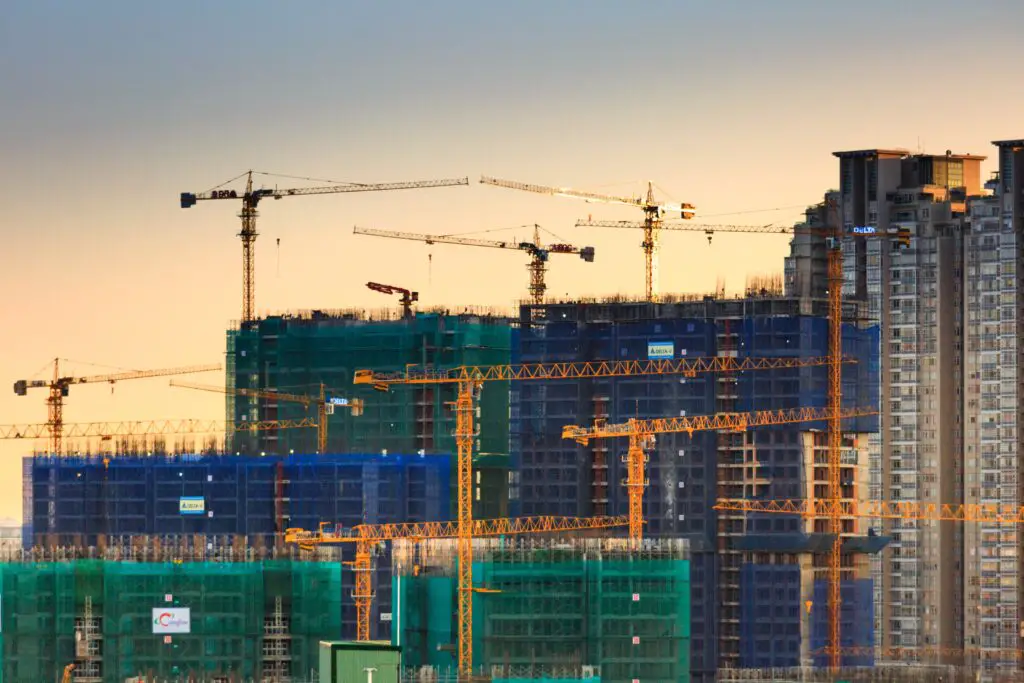
Understanding the Guaranteed Long-Term Risks in Construction Projects
The construction industry is a vital component of global economic development, contributing to infrastructure growth and job creation. However, this sector is not without its challenges, especially when it comes to long-term risks.
In this article, we will delve into the complex landscape of construction projects and examine the inherent risks that may manifest over the long term.
- Economic Fluctuations
The construction industry is particularly sensitive to economic fluctuations. Economic downturns can lead to a decrease in construction projects due to reduced investment and demand.
In the long term, a construction project initiated during an economic boom may face uncertainties and financial constraints if the economy falters. This can result in delayed completion, cost overruns, and, in some cases, project abandonment.
- Environmental Considerations
As society becomes more environmentally conscious, construction projects must comply with increasingly stringent environmental regulations. Long-term risks in construction include the possibility of regulatory changes and environmental lawsuits.
Failure to meet evolving environmental standards could lead to project shutdowns, retrofits, or costly legal battles.
- Geotechnical and Structural Integrity
The long-term stability of a building or infrastructure project depends on the quality of its foundation and structural components. Geological conditions can change over time, potentially leading to subsidence, landslides, or other geotechnical issues.
Moreover, the wear and tear of structural elements over the years can result in structural weaknesses and reduced integrity.
- Design and Planning Errors
Construction projects rely heavily on accurate design and planning. Errors in the design phase can result in long-term problems such as functional inefficiencies, increased maintenance costs, and reduced durability.
Discovering these errors after the project is completed can be prohibitively expensive and disruptive.
- Supply Chain Disruptions
Global supply chains play a critical role in construction, providing materials and equipment. Long-term projects are exposed to supply chain disruptions, including material shortages, transportation challenges, and fluctuations in material prices.
These disruptions can lead to delays, cost overruns, and compromised project quality.
- Technological Advancements
The construction industry is evolving rapidly, with new technologies, materials, and building techniques constantly emerging. Long-term construction projects may face obsolescence or reduced competitiveness if they do not adapt to the latest technological advancements.
Staying updated and implementing changes can be costly and complex.
- Labor and Workforce Challenges
The availability of skilled labor in the construction industry is subject to long-term fluctuations. A shortage of skilled workers can lead to delays and increased labor costs.
Additionally, workforce safety and health concerns can result in litigation and compensation claims over the long term.
- Natural Disasters
Natural disasters, such as earthquakes, hurricanes, and floods, can pose substantial long-term risks to construction projects. In regions prone to such events, construction must be engineered to withstand these forces.
Failure to do so can result in extensive damage and costly repairs.
Conclusion
Construction projects are not isolated events but rather complex, long-term endeavors that are susceptible to a wide array of risks. Understanding and mitigating these long-term risks is vital for the success and sustainability of construction projects.
Stakeholders, including owners, contractors, and regulatory bodies, must work collaboratively to address these challenges, ensuring the long-term viability of the built environment and the safety and well-being of communities.
By taking proactive measures to assess and manage these risks, we can build a more resilient and sustainable future through construction.
To see other material construction prices, please see here.
To know other construction guides, tips, and methodology for beginners, veterans, and contractors, please see here.
